Down to Business
1 août 2017 16:05 1 commentaire
Forestry isn’t all watching wildlife and flying in helicopters. Occasionally we have to actually get some work done. So far at Weyerhaeuser I have had two primary responsibilities: writing silviculture prescriptions, and performing tree planting checks. This may sound rather humdrum, but it’s actually relatively interesting when you know how it fits into the big picture.

A picture taken at the top of Mt. Stearn. Even when we aren’t working, we’re still enjoying the wilderness!
When an area of land is cleared of trees, and all the logs have been hauled away, what remains is a rather sad reminder of what once was. Piles of sticks, browning foliage, and some opportunistic herbs litter the cutblock. A few stray aspen still stand tall, and in the distance is a wall of pine or spruce that guard the remainder of the forest. It would be rather dismal if that were how it was left, but thankfully it isn’t. Before too long, an eager summer student or resigned silvicuturalist steps in to write a silviculture prescription. This is basically a diagnosis of the block, where one walks through the area, and determines what measures need to be taken to ensure that planting can take place. These measures can span from doing nothing, and allowing it to take seed naturally, to tilling up the land with a disk trencher. Most of the time, however, we simply raw plant. That is to say, we don’t manipulate the land in any way, and rather plant trees at a density of around 1400 trees per hectare. Other objectives are to figure out appropriate species to plant, whether helicopter assistance will be necessary for access, and to determine if there are any pipelines nearby that need to be avoided. Once it has been prescribed, planting or site prep can begin.
Tree planters have some grit. One might think planting trees is an easy endeavour, but from what I’ve seen, it requires some real strength of will. I often get fatigued simply checking their work, so I have nothing but respect for someone who can spend hours of their day walking through difficult terrain, in all weather conditions, while slamming their shovels into hardened clay. It’s intriguing watching some of the better ones too. They work like clockwork: open a hole, plop in a tree, close the hole, repeat. It’s like watching a printing press. Because of this, I always have a nagging feeling of guilt when I check their work and find errors. For the most part, they do an amazing job, but on occasion I find a tree that was a little too shallow, or had a minor J root. If too many errors are discovered on a single block it can lead to monetary penalties to the tree planting company, but that rarely happens.
Tree planting checks are what I’ve been doing most consistently throughout my time at Weyerhaeuser. It involves me and a partner driving out to a cutblock, and placing one plot point every 100m throughout the entire block (one plot per hectare). The plots are 50 square meters, meaning there should be 7 trees in every plot for a density of 1400 per hectare, though this often varies. We also have to check the quality, or, as my boss jokingly describes it, STDs. That is to say I have to check to make sure the trees are straight, tight, and deep. If a tree is too loose, hasn’t been buried deep enough, or leans to one side, then it is given a fault. A bigger issue is finding a J root, which is when the roots of the tree have been twisted to one side. This is a big problem because trees are not very adept at compensating for that error. As a result, the roots will often grow sideways, rather than deep into the soil, and as the tree ages, it becomes more and more prone to being knocked down. As a result, very few J rooted trees survive. Luckily, however, I have not come across many of these, and the few I did discover were quickly rectified.
These are all important steps in regrowing a forest. Wood is a valuable renewable resource, but it’s paramount to ensure that we don’t take more than we can replace. It is intriguing to imagine that I helped create a new forest that will one day grow up to provide for future generations, and they in turn will plant trees of their own. If we’re careful, and maybe a little lucky, we could ensure that there’s enough wood to last us forever. We just need to continue pushing to become the greenest workforce.

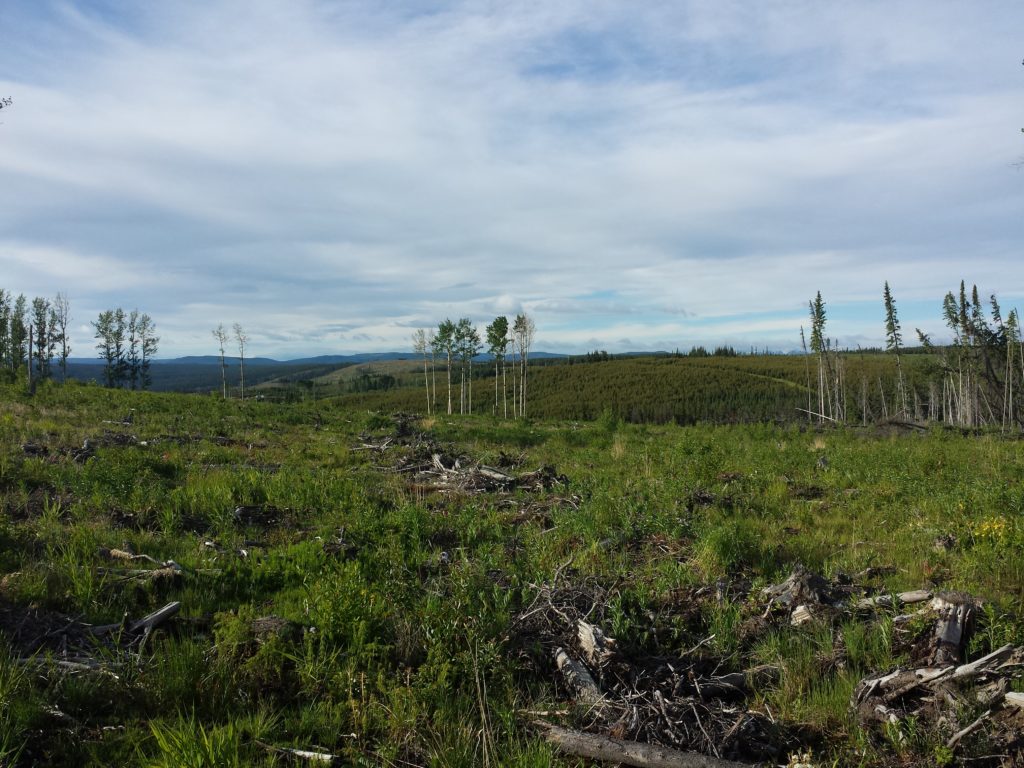
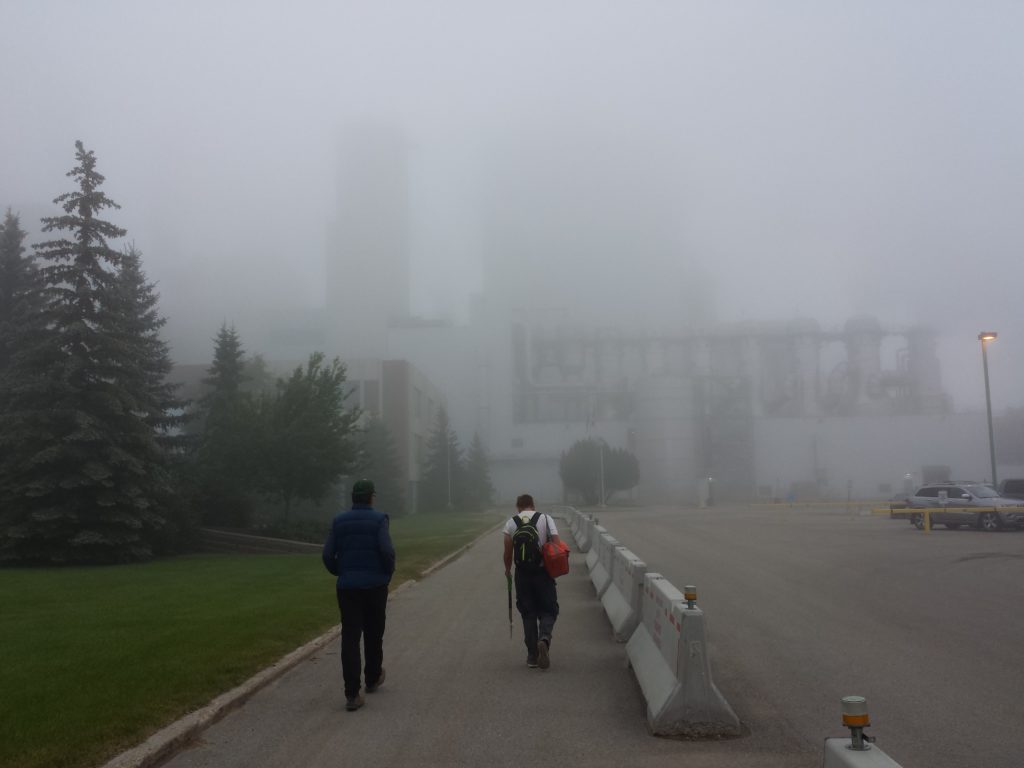
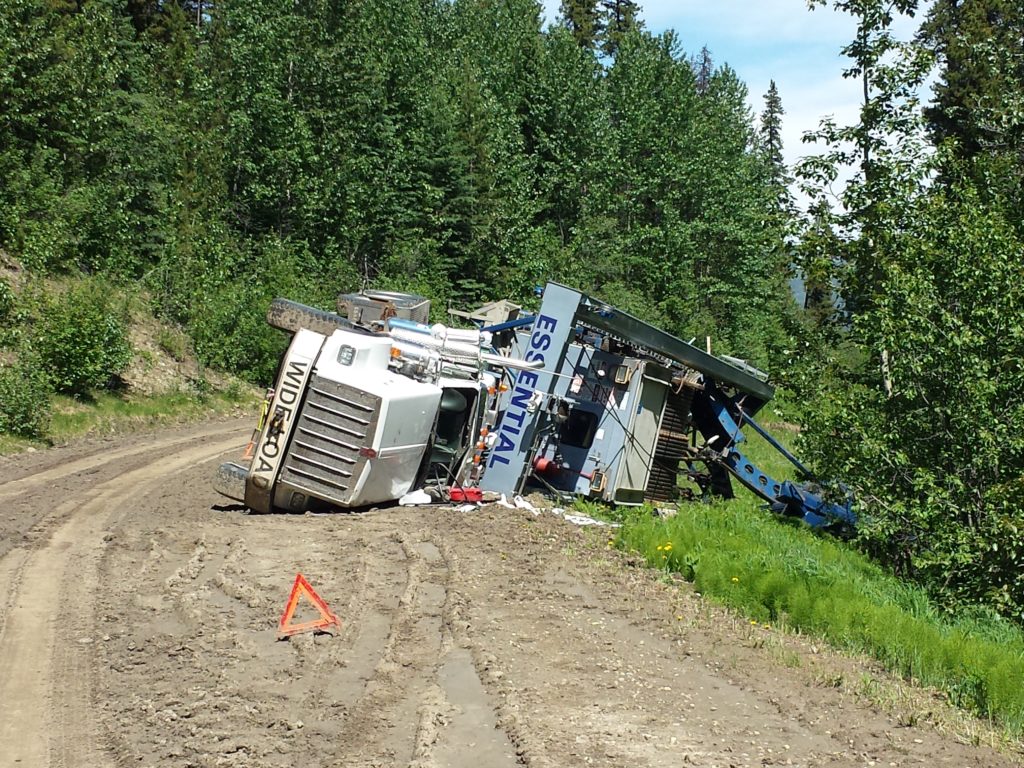
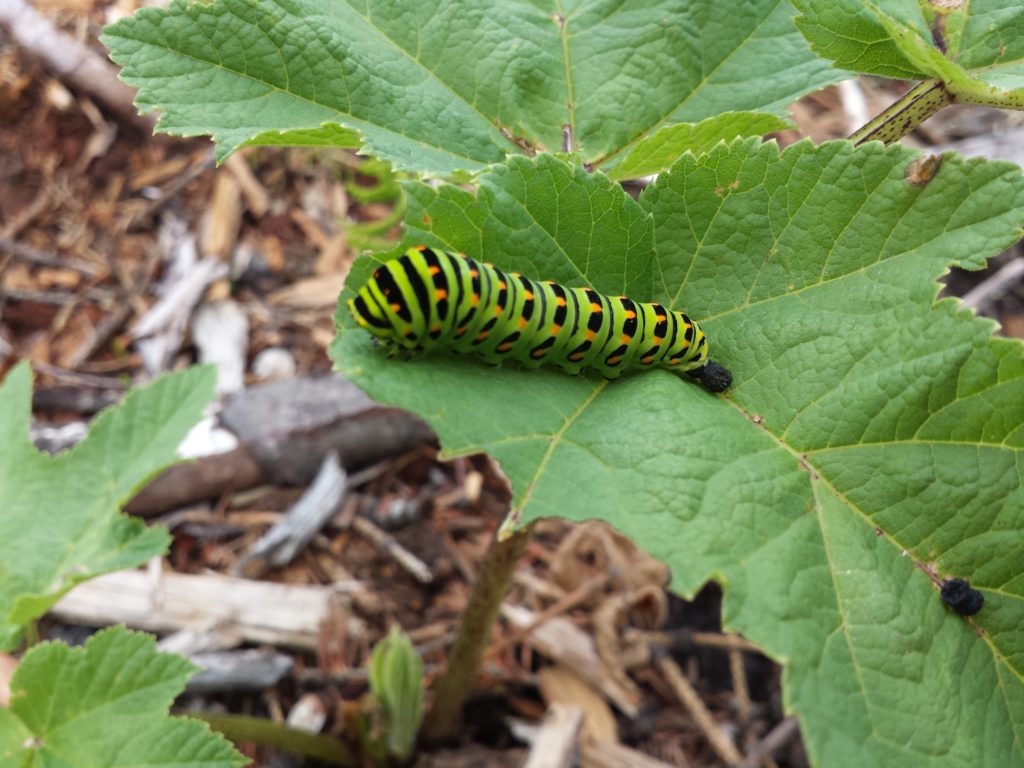
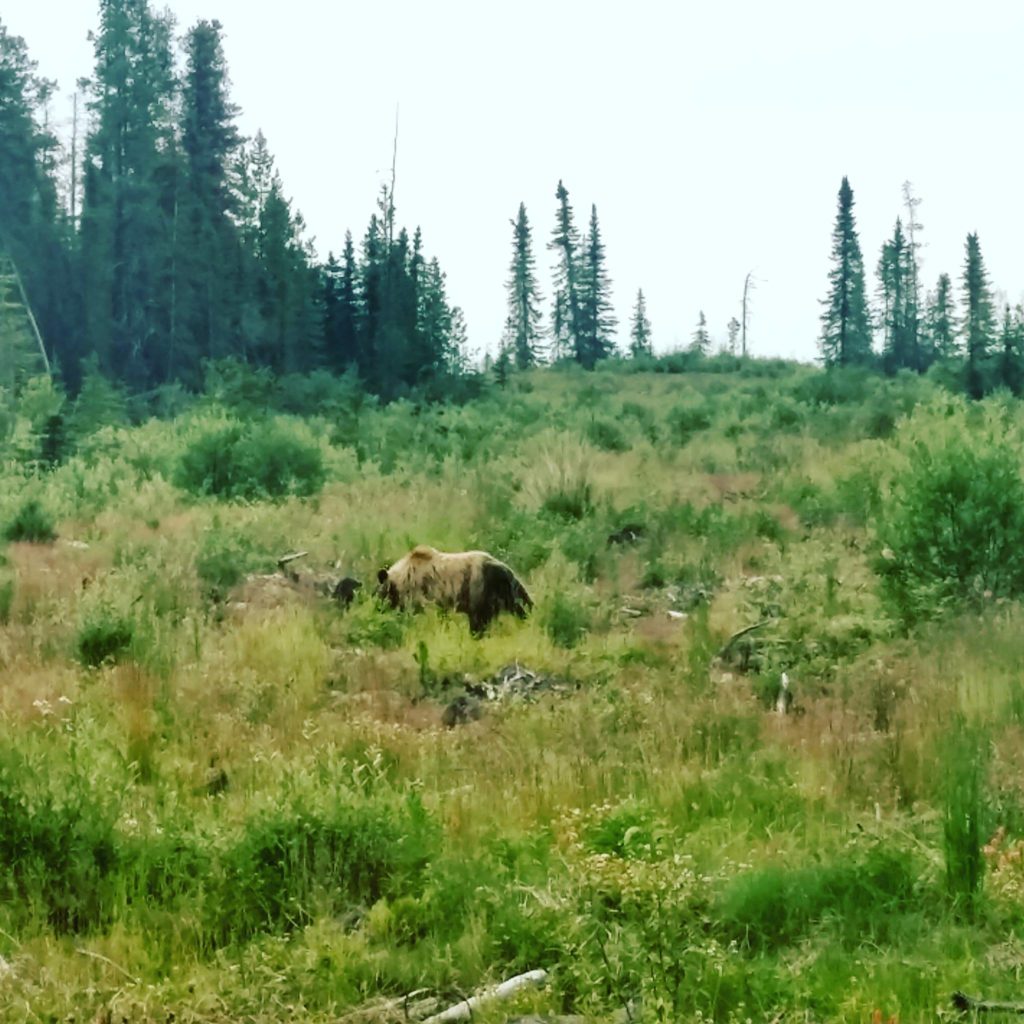
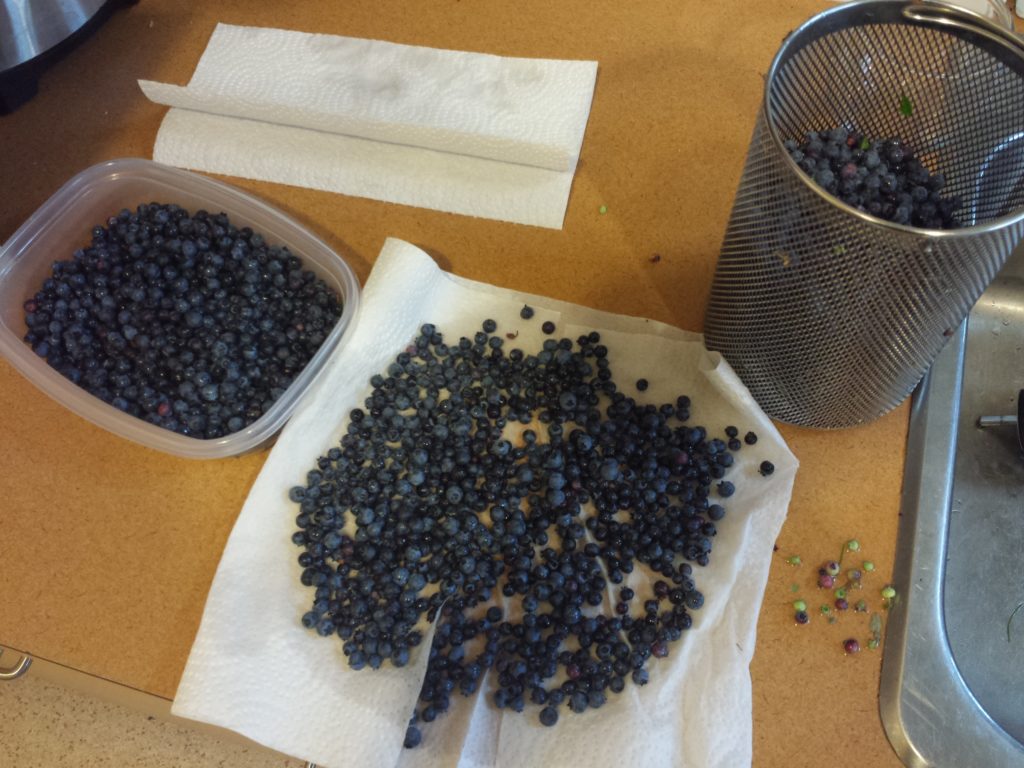
1 commentaire
I enjoy reading your blog posts. I look forward to reading more! Come visit my office upstairs if you’re ever in the mill.
Stefano – International Paper